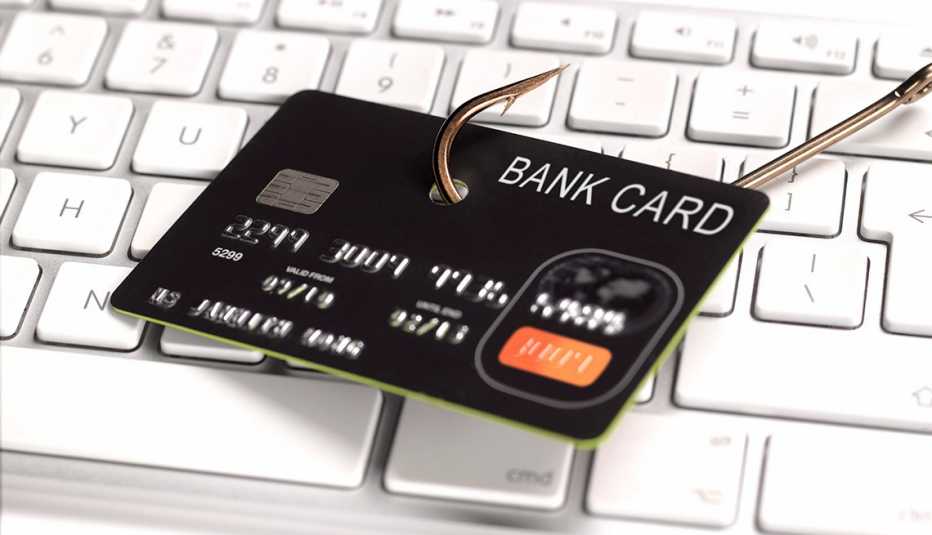AARP Hearing Center
COVID-19 has many of us shifting much of our shopping online, and that means a lot more returns. Nearly 30 percent of products purchased online are sent back, compared with roughly 10 percent of in-store purchases, according to B-Stock Solutions, a liquidation platform.
Online shopping returns should be (and often are) super easy — just pop the item in the box, ship it off and wait for your money to get credited back to your credit card or account. But exceptions happen more than we wish, and the pandemic has added new challenges, among them shifting store policies, processing delays and a wave of retailer bankruptcies.
As always, the best way to avoid problems is to check an online store's return policies for deadlines, costs and processes before ordering. Here are 10 gotchas to watch out for — and how to deal with them.
1. Your return credit is in limbo. Getting an online refund can take a while. Amazon, for example, suggests it can take up to a month for you to receive a credit, depending on the type of payment used, including processing time. COVID-related delays can stretch out time frames even further. To speed things up, see if you can return items purchased online at a retailer's store. If that's not an option, have your return tracking number and order number on hand and complain until you get your money back. It's a tactic that has worked for me.
2. The retailer is AWOL. To avoid getting stung by shifty websites or bad customer service, pay with a credit card, which has more protections than debit cards and other payment types, says Ted Rossman, an industry analyst for CreditCards.com. When he recently bought an item online that didn't arrive and the seller was unresponsive, he disputed the charge and got his money back through a refund issued by his card issuer, which is called a charge-back; you can also get one for merchandise you were billed for but returned. For details on how to get a charge-back, go to consumer.ftc.gov, click on Money & Credit, then Credit & Loans, then scroll down to Disputing Credit Card Charges.
3. The company declares bankruptcy. Return ASAP! The vast majority of bankruptcies this year are Chapter 11 reorganizations, so most of those retailers are still in business. J. Crew's parent company, for example, declared bankruptcy in May, but as of August you could still shop online and return items. Unfortunately, many companies in Chapter 11 end up shutting down for good, like Modell's, Pier 1 and A.C. Moore.




































































